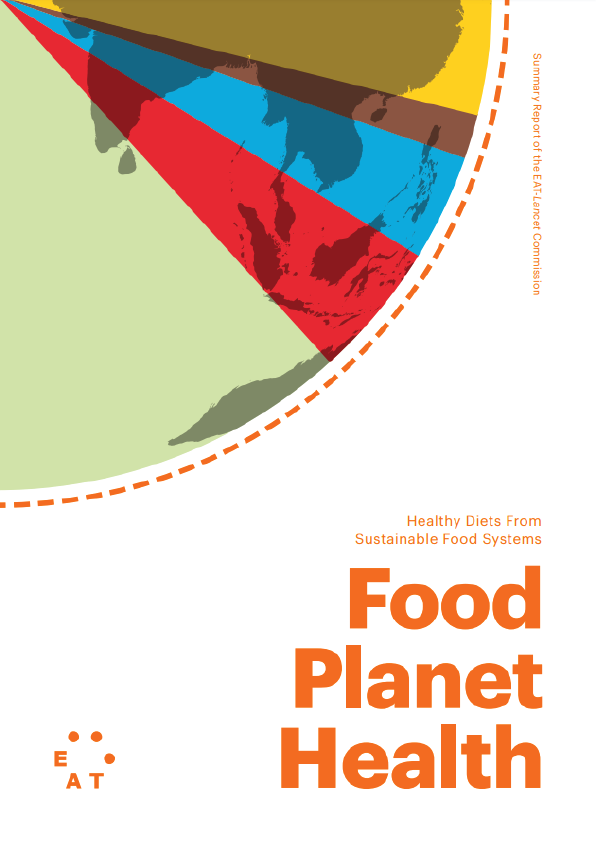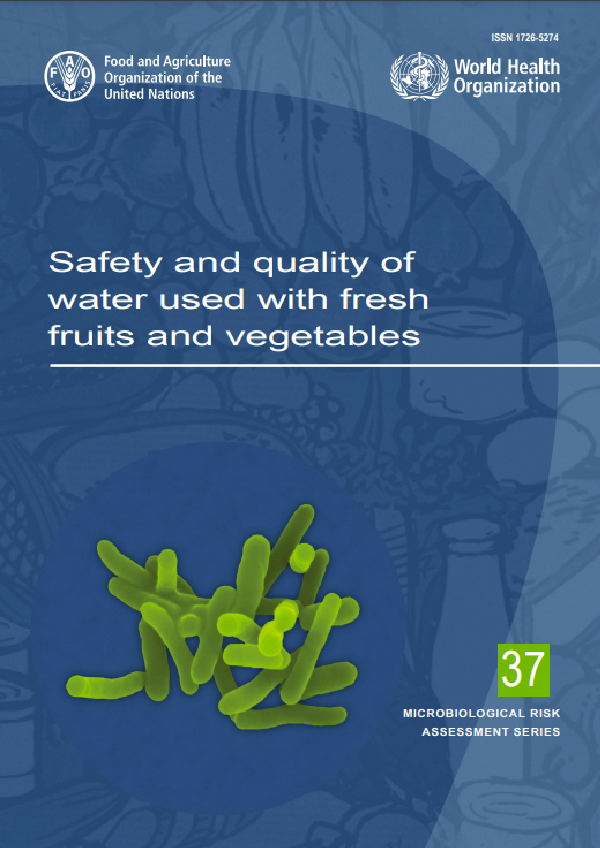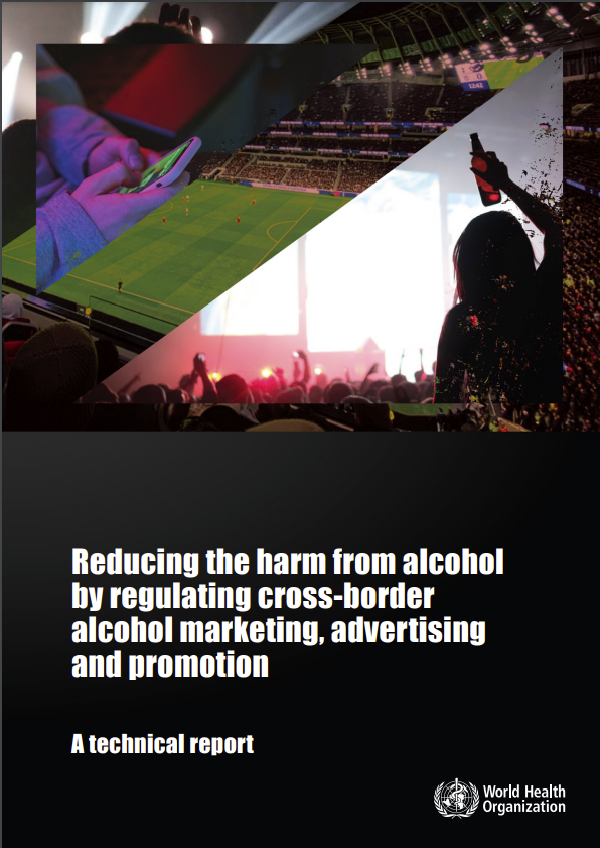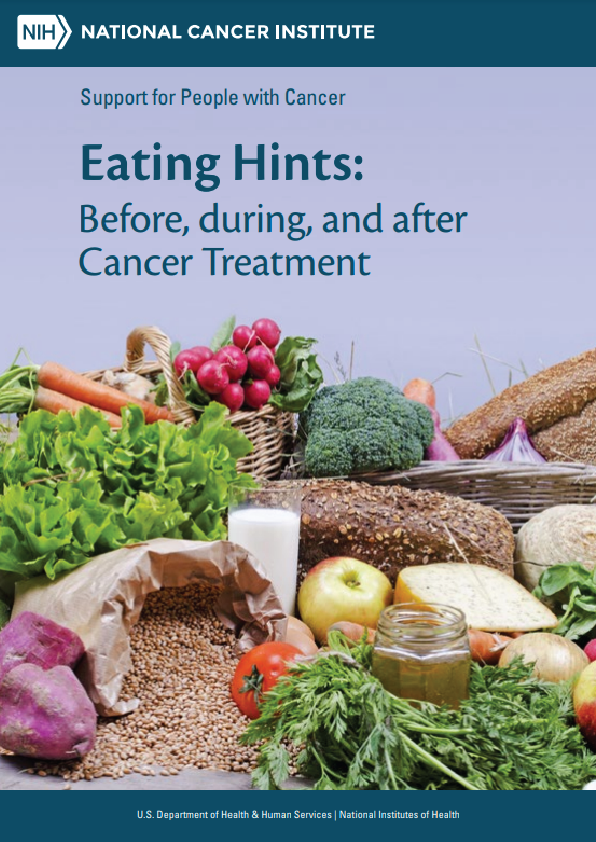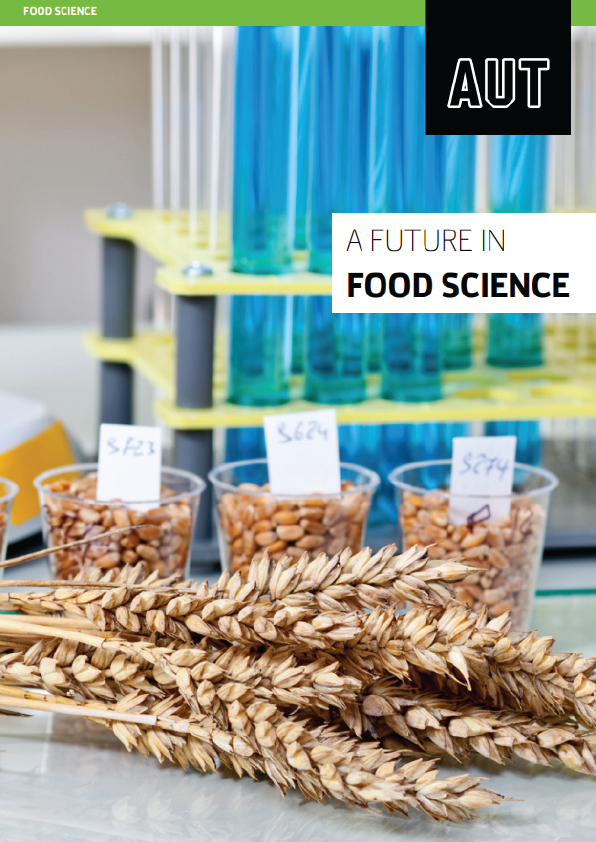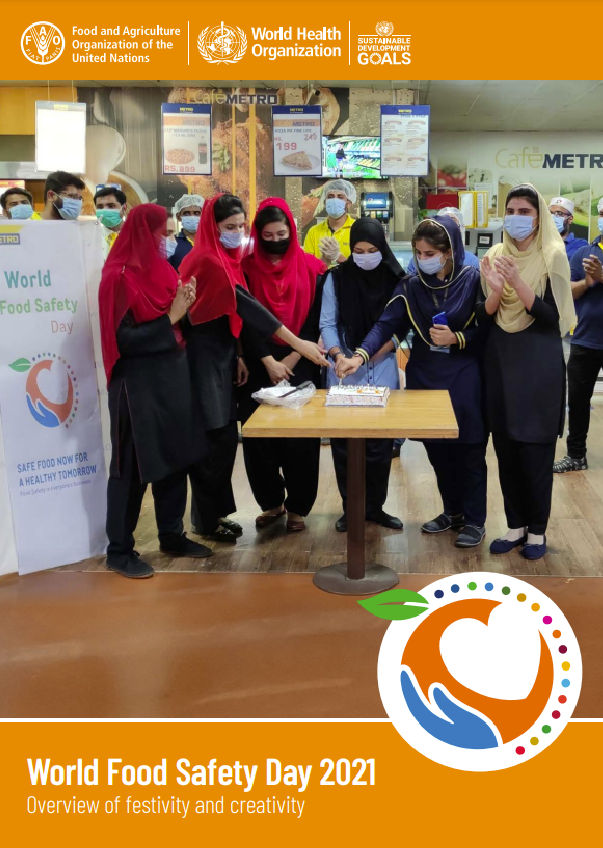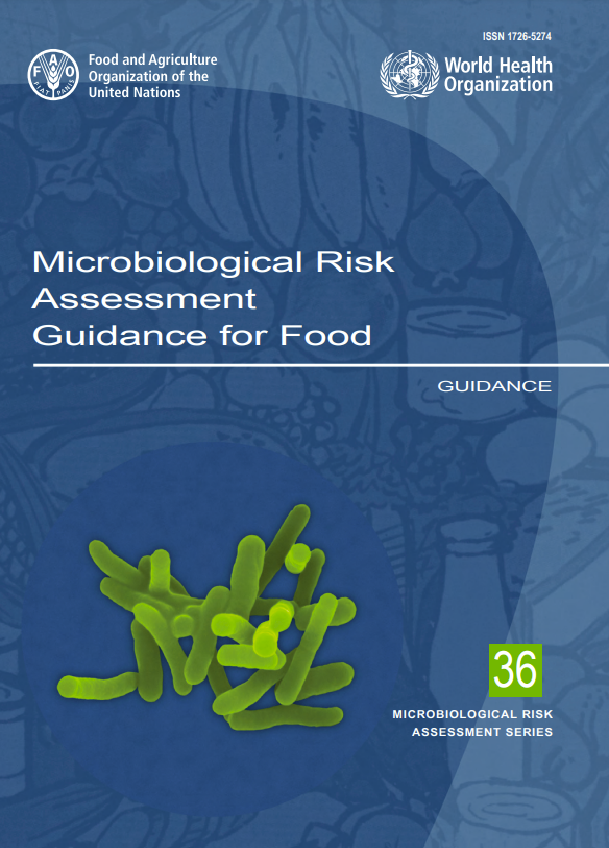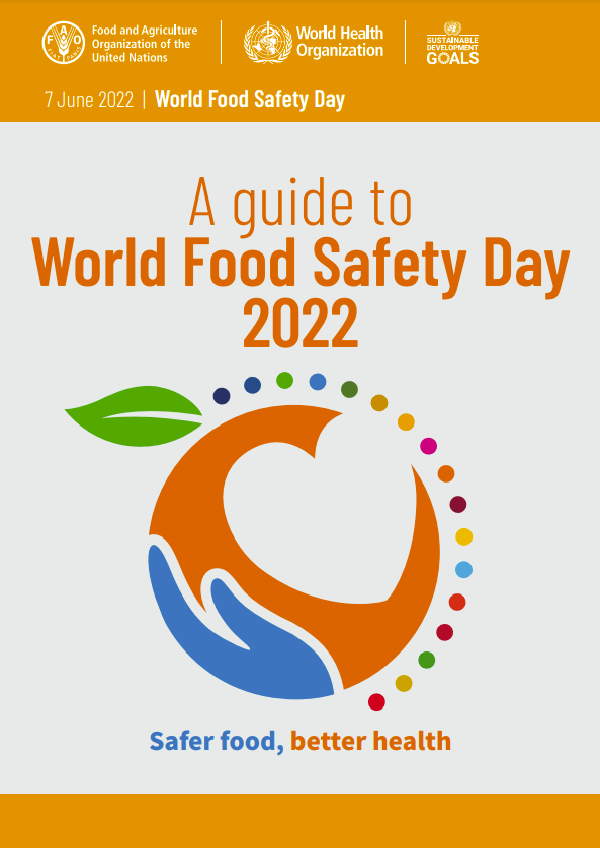Coffee Time
A good morning starts with a cup of coffee
What Is Coffee ?
Coffee is a brewed beverage prepared from roasted coffee beans, which are the seeds of the berries of certain flowering plants of the coffee genus.
From the coffee fruit, the seeds are separated to produce a stable, raw product: unroasted green coffee.
The seeds are then roasted, a process that transforms them into a consumable product: roasted coffee, which is ground into fine particles and usually steeped in hot water before being filtered out to produce a cup of coffee.
Where Are They From ?
The two most common types of coffee beans are Arabica coffee and robusta coffee. Coffee plants are grown in more than 70 countries, mainly in the equatorial regions of the Americas, Southeast Asia, the Indian subcontinent, and Africa.
As of 2018, Brazil is the leading grower of coffee beans, producing 35% of the world’s total. Coffee is a major legal agricultural commodity exported as a major export from numerous countries. It is one of the most valuable commodities exported by developing countries.
Unroasted green coffee is the most traded agricultural product and one of the most traded commodities overall, second only to oil. Despite the billions of dollars in coffee sales, the people who actually produce the beans live disproportionately in poverty.
Critics also point to the coffee industry’s negative impact on the environment and the clearing of land for coffee and water. Environmental costs and wage gaps for farmers are leading to fair trade and an expanding market for organic coffee.
Main Components Of Coffee
- Sucrose: During the roasting process, some of it will be thermally cleaved into formic acid, acetic acid, lactic acid and glycolic acid, so the higher the sugar content of raw beans, the more acidic it will be when shallow roasted, which can increase the complexity of coffee aroma; some of it will be caramelized during the process and turned into caramel, which can increase the flavor of coffee.
- Caffeine: The main active ingredient of coffee. It has a slightly bitter taste and a melting point of 237°C. Therefore, the caffeine of well roasted coffee beans is almost completely retained and will be incorporated into the cup during extraction. The role of caffeine is mainly to stimulate the circulatory and respiratory systems, the central nervous system, especially the brain cells in the cerebral cortex
- Chlorogenic acid: about 50% of chlorogenic acid degrades to quinic acid (acidic and astringent) in light to medium roasting (one to two bursts), and coffee is also the main source of chlorogenic acid for human intake.
- Fats: the most important of which are acidic fats and volatile fats.
- Acidic fats: i.e. fats containing acids, the strength of which varies depending on the type of coffee.
- Volatile fats: are the main source of coffee aroma, emitting about forty aromatic substances.
- Protein: Protein is involved in the Merad reaction with sugars during the roasting process, which results in an intoxicating and complex aroma.
- Fiber: accounts for 70% of the coffee’s cooked beans and cannot be extracted.
- Minerals: contains small amounts of lime, iron, phosphorus, sodium carbonate, etc.
Processing
Coffee berries and their seeds undergo several processes before they become the familiar roasted coffee. Berries are traditionally picked selectively by hand; this is a labor-intensive method that involves selecting only the highest ripening berries. More commonly, the crop is picked in bands, meaning that all the berries are picked at the same time, regardless of the maturity of the person or machine.
After picking, green coffee is processed by one of two types of methods – a dry process type of method which is often simpler and less labor-intensive, and a wet process type of method, which incorporates batch fermentation, uses larger amounts of water in the process, and often yields a milder coffee.
Then they are sorted by ripeness and color, and most often the flesh of the berry is removed, usually by machine, and the seeds are fermented to remove the slimy layer of mucilage still present on the seed. When the fermentation is finished, the seeds are washed with large quantities of fresh water to remove the fermentation residue, which generates massive amounts of coffee wastewater. Finally, the seeds are dried.
The best (but least used) method of drying coffee is using drying tables. In this method, the pulped and fermented coffee is spread thinly on raised beds, which allows the air to pass on all sides of the coffee, and then the coffee is mixed by hand. In this method the drying that takes place is more uniform, and fermentation is less likely. Most African coffee is dried in this manner and certain coffee farms around the world are starting to use this traditional method.
Next, the coffee is sorted, and labeled as green coffee. Some companies use cylinders to pump in heated air to dry the coffee seeds, though this is generally in places where the humidity is very high.
An Asian coffee known as kopi luwak undergoes a peculiar process made from coffee berries eaten by the Asian palm civet, passing through its digestive tract, with the beans eventually harvested from feces. Coffee brewed from this process is among the most expensive in the world, with bean prices reaching $160 per pound or $30 per brewed cup. Kopi luwak coffee is said to have uniquely rich, slightly smoky aroma and flavor with hints of chocolate, resulting from the action of digestive enzymes breaking down bean proteins to facilitate partial fermentation.
In Thailand, black ivory coffee beans are fed to elephants whose digestive enzymes reduce the bitter taste of beans collected from dung. These beans sell for up to $1,100 a kilogram ($500 per lb), achieving the world’s most expensive coffee, three times costlier than palm civet coffee beans.
Roasting
The next step in the process is the roasting of the green coffee. Coffee is usually sold in a roasted state, and with rare exceptions, such as infusions from green coffee beans, coffee is roasted before it is consumed. It can be sold roasted by the supplier, or it can be home roasted. The roasting process influences the taste of the beverage by changing the coffee bean both physically and chemically. The bean decreases in weight as moisture is lost and increases in volume, causing it to become less dense. The density of the bean also influences the strength of the coffee and requirements for packaging.
The actual roasting begins when the temperature inside the bean reaches approximately 200 °C (392 °F), though different varieties of seeds differ in moisture and density and therefore roast at different rates. During roasting, caramelization occurs as intense heat breaks down starches, changing them to simple sugars that begin to brown, which alters the color of the bean.
Sucrose is rapidly lost during the roasting process, and may disappear entirely in darker roasts. During roasting, aromatic oils and acids weaken, changing the flavor; at 205 °C (401 °F), other oils start to develop. One of these oils, caffeol, is created at about 200 °C (392 °F), which is largely responsible for coffee’s aroma and flavor.
Roasting is the last step of processing the beans in their intact state. During this last treatment, while still in the bean state, more caffeine breaks down above 235 °C (455 °F). Dark roasting is the utmost step in bean processing removing the most caffeine. Although, dark roasting is not to be confused with the decaffeination process.
Fair Trade
Seventy percent of the world’s coffee beans are grown by small-scale farms, but the buyers are controlled by large companies and several large coffee companies, which have an overwhelming power to determine prices. Coffee bean production is mostly repetitive with one year of fallow and one year of harvest, and the fruit must be hand-picked, so it is difficult to maintain a stable price in the market. Therefore, coffee beans have become a symbolic development problem in the northern and southern hemispheres due to the economic disparity between the producing and consuming countries. The Fairtrade movement is to purchase coffee raw materials and finished products from the disadvantaged producers and laborers in developing countries at appropriate prices, in order to promote environmental improvement and economic self-reliance.
However, some scholars have suggested that Fairtrade has done little to help coffee farmers and questioned the maturity of its system.




